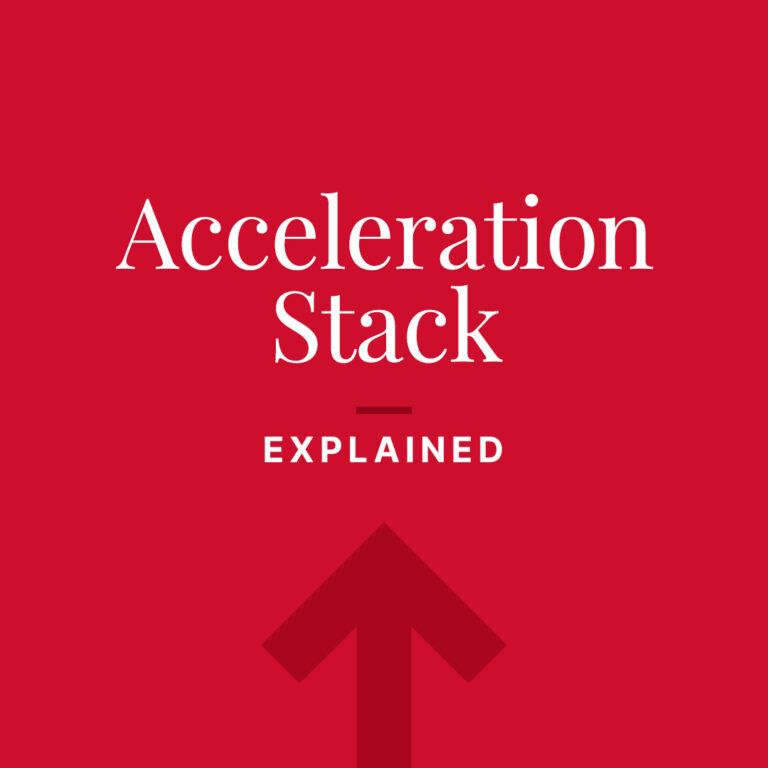Cryptocurrencies and blockchains are terms heard frequently these days, but what do they mean?
Simply put, these technologies enable digital currencies or information to be exchanged securely and accurately through an intricate puzzle-like systems. The information or currency is stored within the puzzle-like system or chain and if any element is out of place, no information or currency is allowed to be released.
The security of these systems is based on modern cryptography, which is computationally infeasible to break using classical computers. Quantum computers, however, don’t play by the same rules. Future quantum computers would be capable of breaking cryptocurrencies and blockchain systems.
To make these systems quantum safe, one possible solution is to use a quantum key distribution (QKD) approach. The challenge in QKD, however, is generating secret keys over fiber-optic cable for distances beyond 100 km, without significant computational latency.
According to Assistant Professor Chen Feng of UBC Okanagan, one of the principle researchers, their work demonstrated the application of structured error-correcting codes to extend the maximum distance of QKD over standard fiber-optic cable up to 140 km.
“Accuracy and speed when operating within QKD is limited to the distance between the user and the server along with the speed of their computer’s processor” says Feng. “QKD is a highly secure means of sharing information, and our new approach has further strengthened the system.”
As the distance of the secure communication increases, existing QKD systems can experience a drop in the secret key rate, and thereby make the system susceptible to hacking.
With innovation like ours, quantum-safe blockchain is one step closer to our daily life —Chen Feng
Their new structured codes, together with highly-efficient decoders based on modern graphics processing units (GPUs), not only extend the range of the secure communication by two-times, but also reduce any degradation of the secret key rate.
“With innovation like ours, quantum-safe blockchain is one step closer to our daily life” says Feng.
The research appears in Nature’s Quantum Information research journal. The research was made possible by a Discovery Grant from the Natural Sciences and Engineering Research Council of Canada.






